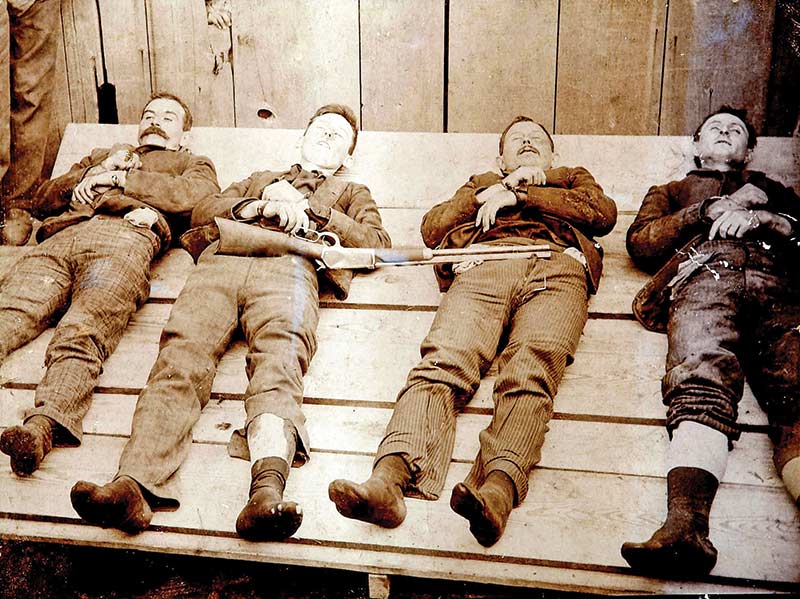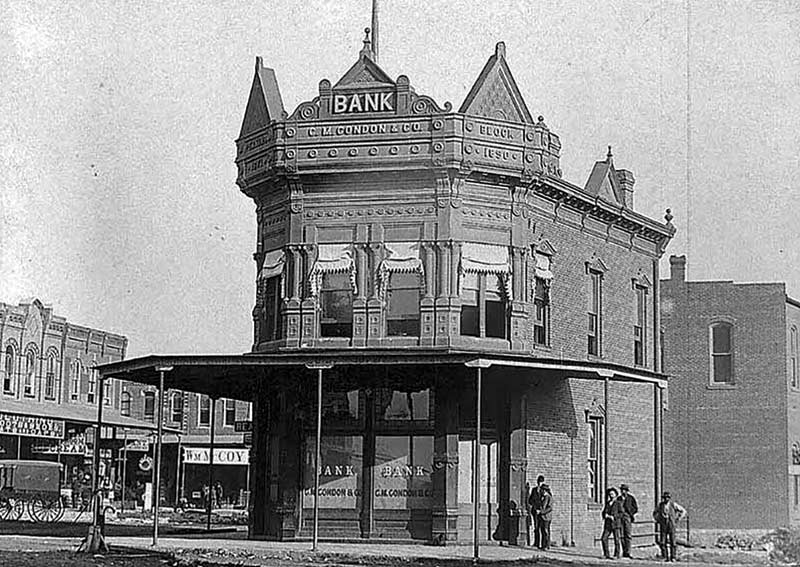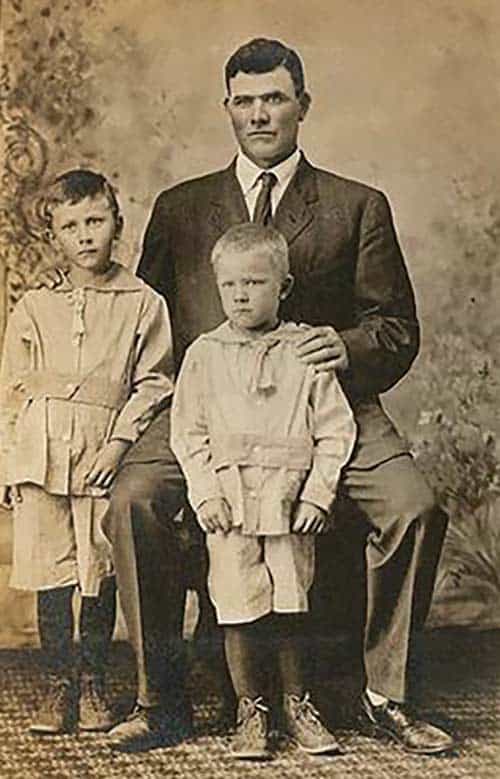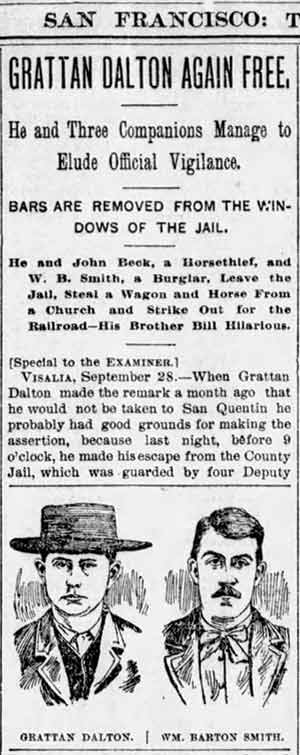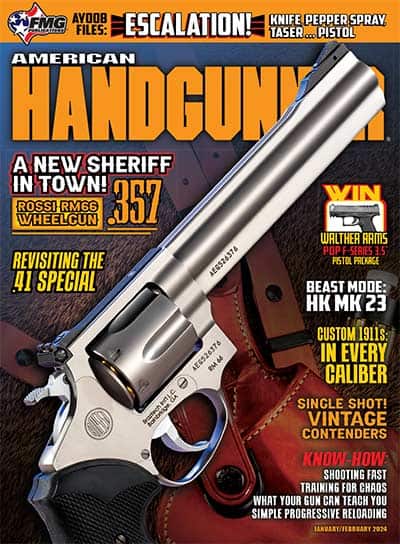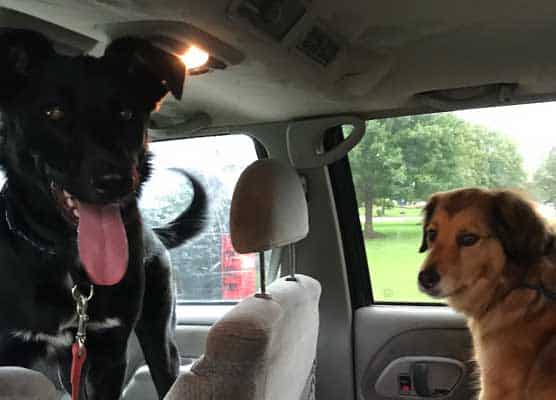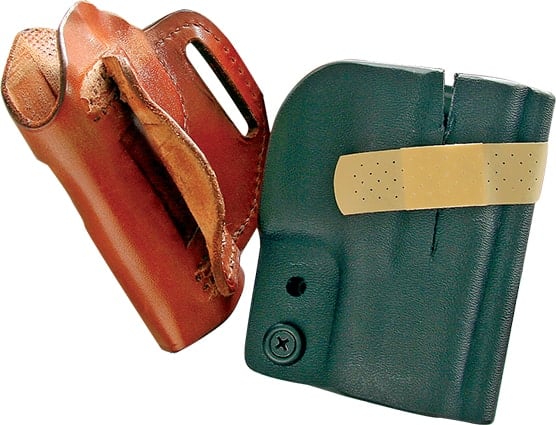The Last Ride of the Dalton Gang
Two Banks, Too Long, Four Dead
Nature versus nurture. It’s a question as old as humanity. Are some people bad because they are imbued with faulty DNA, or is it that their mothers just didn’t love them enough? In the final analysis, most experts believe the end result is some toxic combination.
James Lewis Dalton and his wife, Adeline Lee Younger, had 12 children in all. Adeline was aunt to Cole and Jim Younger, the notorious outlaws who made up the famed James-Younger gang. However, by the time the Dalton kids came of age, their nefarious cousins were either in jail or dead. Of the 12, Bob, Grat, Emmett and Bill were the really bad eggs.
Grat and Bob at least started out on the straight and narrow. Grat served as a deputy marshal and used his brother Bob as a member of his posse. Along the way, they spilled a little blood but generally made the world a better place. By January 1889, Bob and Grat were both deputies serving at the whim of Marshal RL Walker in Wichita, Kansas. Bob had a side hustle working as part of the Osage Nation police force. They eventually brought on their brother Emmett to help guard prisoners.
The Dark Side
In February of 1891, Bob and Emmett Dalton robbed their first train, a Southern Pacific passenger rig near Alila, Calif. They both wore masks and wielded .44-caliber Colt revolvers. Their identities were not firmly established until years later when their brother Lit admitted they had confided they had robbed the train.
There resulted a long string of bar fights, robberies, horse thefts, and assaults of various flavors. However, all the while, the specter of that first train robbery followed the boys around. During the robbery, the locomotive fireman had been shot and killed. Though it was assumed that Emmett had done the killing, reality is that the unfortunate man was inadvertently shot by the Expressman on board. Regardless, that made this a capital case and, therefore, quite serious. Grat was eventually caught but escaped before he could be shipped to San Quentin.
There were ultimately nine members of the Dalton gang. These miscreants robbed trains and banks as the opportunities allowed, shooting it out with lawmen and frequently escaping only in the nick of time. Their protracted crime spree spanned more than two years from 1890 through 1892. However, as always seems to be the case, the guys eventually got greedy. In a world driven by graft and a weird thirst for notoriety, the Dalton gang aspired to be on top. To do so, they decided they should rob two banks at one time. This turned out to be a really bad idea.
The Setting
In scheming out this ambitious robbery, Bob Dalton claimed they would “Beat anything Jesse James ever did — rob two banks at once, in broad daylight.” Such hubris does not generally make for a long, fruitful retirement within the sorts of circles that defined the Dalton Gang. All that came to a head on 5 October, 1892, in Coffeyville, Kansas.
There were five villains in total — Bob and Emmett Dalton were tasked to take the First National Bank. Grat Dalton, Dick Broadwell and Bill Powers were to take the Condon Bank across the street. Their weapons of choice were lever-action Winchester rifles.
This part of Kansas was familiar to the Dalton boys, and many of the folks in town knew them. In fact, Emmett had originally objected to the location out of concern some of his old friends might get hurt. However, Bob lied and assured him there would be no shooting.
The men stashed their horses nearby and tried to stroll down the crowded street without being recognized. Grat had even donned some fake whiskers to help preserve his anonymity. A local street repair worker spotted the men strolling purposefully, trying to hide their ample Winchesters and shouted, “The Daltons are robbing the bank!” At that point, everything came to pieces.
Prussian military genius Helmut Moltke once opined, “No plan survives first contact with the enemy.” However, in October of 1892, apparently, the Daltons had not read that book. Despite the alarm having been raised, these five men in two groups just barged into their respective banks and executed the plan.
Grat, Broadwell and Powers immediately got control of the Condon Bank and directed the manager to open the safe housing the gold. The quick-thinking administrator lied and claimed the safe was on a time lock and could not be opened for 10 minutes. Grat and company took the man at his word and just decided to wait. Meanwhile, outside, pretty much everybody in town had descended upon two nearby hardware stores and emptied them of weapons and ammunition. The stage was set for an epic scrap.
Across the street, Bob and Emmett were having a better time of it at the Condon Bank. They got into the safe easily enough but ran into trouble when they headed back out the front door to rendezvous with their mates. A nearby American Express agent engaged the two bank robbers with his sidearm, forcing them back into the building. The Dalton brothers then grabbed a pair of customers as hostages and headed out the back door.
Bob and Emmett left the back of the Condon Bank and ran into a local citizen named Lucius Baldwin. Baldwin had a weapon but hesitated, so Bob shot him dead with his rifle. The two robbers then made their way along an alley toward the ever-growing gunfire that was peppering the bank across the street, where their brother Grat was still waiting for the imaginary time lock to open on the safe.
Eventually, the bank manager did indeed open the safe and burdened the three bank robbers down with gold and cash. By the time they left through a side door, Powers was wounded in the arm, and the entire town was blazing away at them. The five gang members rendezvoused and then made for their horses.
Along the way, they shot and killed several townspeople. A clerk from the First National Bank named Thomas Ayres made it to a hardware store and retrieved a rifle only to have Bob Dalton shoot him in the head through a window with his Winchester from a range of 200 feet. Ayers was not killed, but he was rendered paralyzed for the rest of his days.
As the gang made their escape, they encountered Town Marshal Charles Connelly and cut him down. In response, an armed citizen named John Kloehr shot Grat Dalton through the throat.
Armed citizens firing from one of the hardware stores shot Bob Dalton through the head and chest, killing him where he stood. Bill Powers made it onto his horse only to be shot out of his saddle, where he bled out. Emmett made it onto his horse without being hit and proceeded to ride away. When he realized that his brothers were down, he turned around to help and caught a load of 12-gauge buckshot for his trouble. Dick Broadwell was hit multiple times but escaped. Authorities found his body some two miles away.
The Aftermath
Emmett Dalton was the only member of the Coffeyville bank robbers to survive the shootout. He was hit 23 times in his hips, groin, back, arm and shoulder. He recovered and was tried and sentenced to life in the Kansas State Penitentiary. He served 14 years before being pardoned. He moved to Hollywood, where he made his living as a real estate agent. He also eventually found work as an actor and author before dying in 1937.
Charlie Pierce, Bill Doolin, George “Bitter Creek” Newcomb and Bill Dalton, though active members of the gang, were not present for the Coffeyville robberies. However, they couldn’t seem to distance themselves from their criminal roots. They renamed their criminal mob the Doolin-Dalton Gang, also known as the Wild Bunch. After several other infamous robberies, they split up. They were each hunted down and killed by lawmen or lost their lives during the commission of their numerous crimes.
The short, loud career of the infamous Dalton Gang stands in timeless testament to the axiom that a life of violent crime offers a suboptimal retirement plan.


